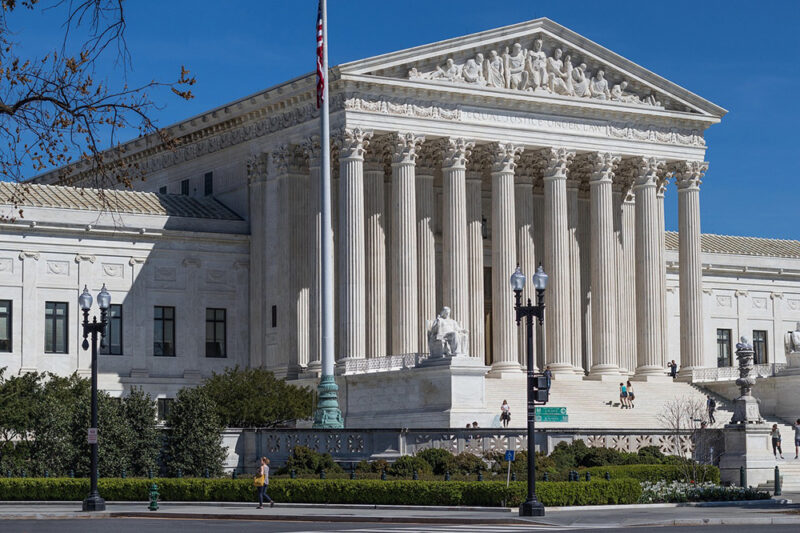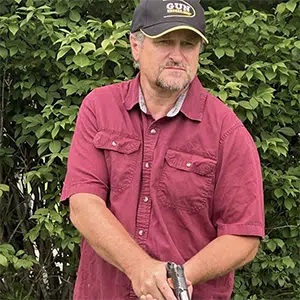Understanding “Ghost Guns” and 80% Receivers: Clear Insight for Enthusiasts

In recent years, the term “ghost gun” has become prevalent in media and policy discussions. It’s important to approach this topic with an understanding of the technical aspects and legal perspectives. This is particularly true when discussing among firearms enthusiasts who value precision in language and legal compliance. Here, we attempt to demystify the concept of so-called “ghost guns.” This includes the role of 80% lower receivers, providing a balanced view that respects the interests and legal rights of gun owners.
What are “Ghost Guns”?
“Ghost guns,” or privately made firearms (PMF), has become the prevalent term to describe a firearm that doesn’t have a serial number and is typically not registered with governmental bodies. The term often carries a negative connotation, thanks to media portrayals as untraceable. However, among gunsmiths, hobbyists and Second Amendment advocates, these firearms represent an exercise in personal craftsmanship and legal knowledge of firearm manufacturing. There is also a rich history of home gunsmiths and the positive impact they have had on firearms development in America.
The Role of 80% Lower Receivers
Central to the discussion of PMFs is the 80% lower receiver. A lower receiver is the part of a firearm that houses the operating parts. This includes the trigger mechanism. The lower is also what is legally considered the firearm itself. An 80% lower receiver is not fully manufactured and does not qualify as a firearm under federal law. It’s called “80%” because it is 80% complete. The remaining 20% of milling, drilling and finishing must be done by an individual.
This unfinished state means it doesn’t need to be registered. It also doesn’t require a serial number — at least until it’s completed. Enthusiasts often pursue building firearms from 80% lower receivers as a hobby, valuing the skill and customization it entails. There are even competitive shooting matches that are only open to PMFs.
Legal Considerations and Misconceptions
It’s crucial to clarify the legal landscape around these firearms. Federal law does not require individuals who make their own guns for personal use to register them or mark them with serial numbers. State laws, however, vary significantly. Some states have moved to regulate or ban the manufacture and possession of 80% lower receivers. It’s vital for enthusiasts to stay informed about local laws to ensure compliance.
The portrayal of “ghost guns” as inherently criminal is a common misconception. While it is true that their untraceable nature can appeal to those with criminal intent, the vast majority of builders are law-abiding citizens engaging in a legal activity. Education and responsible practices are key in shifting the narrative and ensuring that hobbyist gun manufacturing is recognized as a legitimate and lawful pursuit. As with many areas of firearms legislation, misperceptions are driving the conversation instead of reality or logic.
Recent Supreme Court Rulings
The U.S. Supreme Court recently upheld a Biden administration rule that treats firearms assembled from kits, PMFs, like other commercially sold firearms. This decision, passed by a narrow 5-4 vote, allows the continuation of federal regulations on these privately made firearms while the administration appeals lower-court rulings that had found the measures excessive.
The contested rule, issued by the Bureau of Alcohol, Tobacco, Firearms and Explosives in 2022, does not outlaw PMFs at the federal level. It also asserts that kits owned and built by a private individual for personal usage does not need to be marked with a serial number.
However, if a PMF is being sold, either to another private owner or FFL dealer, it must be properly marked as a normally manufactured firearm. This includes a unique serial number. Once a licensed FFL has a PMF in its inventory, it must comply with all laws pertaining to a “normal” firearm.
The Supreme Court’s decision to let the rule stand temporarily highlights a significant judicial approach to firearm regulation, emphasizing public safety and law enforcement’s ability to track firearms. However, this decision also reflects ongoing tensions around the ATF’s scope of authority and the legislative definitions of firearms.
Technical Challenges and Rewards
Building a firearm from an 80% lower receiver is not a trivial task. It requires technical skill, precision tools and a deep understanding of firearm mechanics. The process can be incredibly rewarding, offering a deep sense of accomplishment and a personalized firearm. This aspect often appeals to those who appreciate the craftsmanship involved in gunsmithing.
For the gun enthusiast, the world of 80% lower receivers and PMFs represents a blend of craftsmanship, technical skill and legal knowledge. While the term “ghost gun” can be contentious, understanding and communicating about these firearms with accuracy and respect can help demystify their role in gun culture and emphasize the responsible practices of the vast majority of gun owners.
In discussing these topics, it’s important for communities and media to engage in informed dialogues that respect the rights and expertise of gun enthusiasts while promoting safety and legal compliance.

